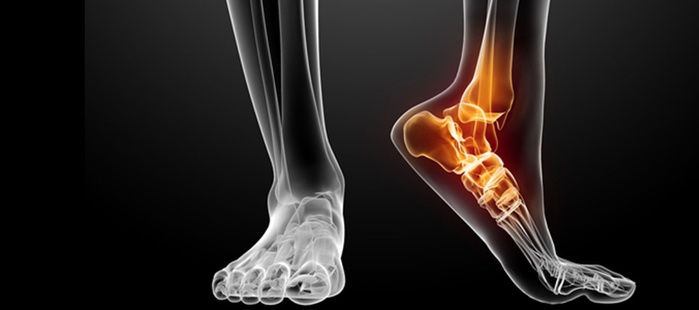
ARTICULAR CARTILAGE RESTORATION
Articular cartilage is the smooth, white tissue that covers the ends of bones inside the joints. It allows the bones to glide over each other with very little friction. Articular cartilage can be damaged by injury or normal wear and tear. When the cartilage is damaged, the joint surface may no longer be smooth. Moving bones along a tough, damaged joint surface is difficult and causes pain. Damaged cartilage can also lead to arthritis in the joint. The cartilage does not heal itself well, doctors have developed surgical techniques to stimulate the growth of new cartilage. Restoring articular cartilage can relieve pain and allow better function. Most importantly, it can delay or prevent the onset of arthritis.
Surgical Procedures
Many procedures to restore articular cartilage are done arthroscopically. Arthroscopy is a surgical procedure performed for diagnosis and treatment by enlarging the images and transferring them to the screen with the help of a small camera placed inside the joint.
Some procedures require the surgeon to have more direct access to the affected area. In this case longer and open incisions may be required.
The most common procedures for cartilage restoration are:
- Microfracture
- Drilling
- Abrasion Arthroplasty
- Autologous Chondrocyte Implantation
- Osteochondral Autograft Transplantation
- Osteochondral Allograft Transplantation
Microfracture
The goal of microfracture is to stimulate the growth of new articular cartilage by making multiple holes or drilling with awl or K wire in the bone beneath the cartilage. Microfracture is done with an arthroscope. The best candidates are young patients with single lesions and healthy subchondral bone.
Steps of the microfracture technique are as follows:
- Damaged cartilage is removed.
- Awl is used to make holes in the subchondral bone.
- Healing response brings new, healthy cartilage cells.
Autologous Chondrocyte Implantation (ACI)
ACI is a two-step procedure. New cartilage cells are grown and then implanted in the cartilage defect.
First, healthy cartilage tissue is removed from a non-weightbearing area of the bone by arthroscopic procedure. The tissue that contains chondrocytes, are cultured and increase in number over a 3 to 5 week period in a laboratory.An open surgical procedure, or arthrotomy, is then done to implant the newly grown cells. ACI is most useful for younger patients who have single defects larger than 2 cm in diameter.
Osteochondral Autograft Transplantation
In osteochondral autograft transplantation, cartilage is transferred from one part of the joint to another. The graft is taken as a cylindrical plug of cartilage and subchondral bone. It is then matched to the surface area of the defect and impacted into place. A single plug of cartilage may be taken or a procedure using multiple plugs, called mosaicplasty, may be performed.
Osteochondral Allograft Transplantation
If a cartilage defect is too large for an autograft, an allograft may be considered. An allograft is a tissue graft taken from a cadaver donor. Like an autograft, it is a block of cartilage and bone. In the laboratory it is sterilized and prepared. Allografts are typically done through an open surgery.
Stem Cells and Tissue Engineering
Tissue engineering focuses on new methods to create healthy cartilage tissue for the body. Bone marrow contains multipotent mesenchymal stem cells (MSCs) that can differentiate into different mesenchymal lineages whose end-stage cells fabricate bone, cartilage, tendon, fat, and other connective tissues. Growth factors that stimulate new tissue may be isolated and used to induce new cartilage formation. The hope is that stem cells placed near a damaged joint surface will stimulate hyaline cartilage growth.
Rehabilitation
If the surgery was done on the knee or ankle, the joint surface must be protected until the cartilage heals. That means the patient should not be able to put weight on the affected leg for a while. As healing progresses, the therapy will focus on strengthening the joint and the muscles that support it.
© COPYRIGHT 2025 ALL RIGHTS RESERVED
Privacy Policy